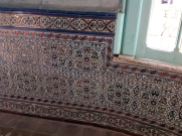As I move closer to fulfilling my years-long resolution to finish reading the entire 1.3-million-word novel In Search of Lost Time (ISOLT) by Marcel Proust, I considered it a lovely coincidence that a couple of weeks ago, I came across an extended passage in the book that intersected with my own life at that very moment – and not in just one way, but in two.

For about fifteen years, I have been perusing the seven parts (contained in six volumes) that make up Proust’s monumental opus, at the rate of one thick tome every three or four years. Clearly I was not so gripped by his writing that I felt compelled to read the entire novel in one sitting, but neither was I ever reluctant to pick it up again. Last month, I decided that the weeks in advance of my first-ever trip to France – which will be occurring around the start of May – were the perfect time to start reading the one volume I still hadn’t read.
In Search of Lost Time proceeds at an extremely leisurely pace and, fortunately for people like me, the final volume comes with a synopsis of the volumes that came before, along with an index to real and fictional characters and places appearing in the book. Since I started ISOLT, I’ve come to think of reading it as a way of life, rather than an event: it is always there waiting for me when I want it. It has occurred to me that finishing it might not augur well for my own longevity – what reason will I have to go on? – but then I remembered that I can always start the book again. It is, after all, a story that was prompted by the main character’s recollection of his childhood, a recollection that was in turn prompted by the taste of a madeleine. Not to get too meta, but who is to say that some event or scent or view may not, at some point in the future, prompt me to start the entire book from the beginning?
I have been enchanted enough by In Search of Lost Time that the many sights I want to see when we go to France this year include several locations that have become familiar to me thanks to Proust. He gave a number of his locations fictional names but his book is so widely known and respected that one town, Illiers, even renamed itself “Illiers Combray” in recognition of its role as model for the fictional town of Combray, where Proust’s protagonist (M.) grew up. Other locations that provided settings for various events in Proust’s novel are easy enough to find: Balbec, the seaside resort in Normandy, where much of Volume II (which I read under the title Within a Budding Grove; titles of the different volumes change depending on the translator) is set is actually Cabourg.
In Paris, the setting for much of ISOLT, there will be many things to see that are non-Proust-related. But I’ll be getting in touch with him there as well. (I have been told that that I must see the Carnavalet Museum in that city where Proust’s bedroom has been recreated, including the bed in which he wrote much of the novel.) All in all, reading the concluding volume of the book before I went to France became imperative.
So imagine my pleasure to come upon a passage in Volume VI which seemed almost presciently relevant to my life. To start with, I was reading it in the days immediately prior to March 9, when we turned the clocks forward for daylight saving time this year. In those few days, Facebook was alive with opinions about the impending devastation the upcoming time change would wreak on mental and physical health and/or the joys of longer evenings (opinions varied depending on the constitution, the age, and the employment status of the person posting). But secondly, due to our forthcoming trip, as I read I was thinking about Paris more personally than usual – for example, wondering how far the Hotel de Paris Invalides, where we will stay for part of our visit, might be from certain locations Proust mentions.
Then I came upon this:
I had gone on walking as I turned over in my mind this recent meeting with St. Loup and had come a long way out of my way; I was almost at the Pont des Invalides. The lamps (there were very few of them, on account of the Gothas[1]) had already been lit, a little too early because “the clocks had been put forward” a little too early, when the night still came rather quickly, the time having been “changed” once and for all for the whole of the summer just as a central heating system is turned on or off once or for all on a fixed date; and above the city with its nocturnal illumination, in one whole quarter of the sky – the sky that knew nothing of summer time and winter time and did not deign to recognize that half past eight had become half past nine —in one whole quarter of the sky from which the blue had not vanished, there was still a little daylight. Over that whole portion of the city which is dominated by the towers of the Trocadéro, the sky looked like a vast sea the colour of turquoise, from which gradually there emerged, as it ebbed, a whole line of little black rocks, which might even have been nothing more than a row of fishermen’s nets and which were in fact small clouds – a sea at that moment the colour of turquoise, sweeping along with it, without their noticing, the whole human race in the wake of the vast revolution of the earth, that earth upon which they are mad enough to continue their own revolutions, their futile wars, like the war which at this very moment was staining France crimson with blood. But if one looked for long at the sky, this lazy, too beautiful sky which did not condescend to change its timetable and above the city, where the lamps had been lit, indolently prolonged its lingering day in these bluish tones, one was seized with giddiness: it was no longer a flat expanse of sea but a vertically stepped series of blue glaciers. And the towers of the Trocadéro which seemed so near to the turquoise steps must, one realized, be infinitely remote from them, like the twin towers of certain towns in Switzerland which at a distance one would suppose to be near neighbours of the upper mountain slopes.
Time Regained, In Search of Lost Time Volume VI by Marcel Proust (Mayor, Kilmartin and Enright translation, 1981, 1992)

In Proust’s world, almost everything is a reminder of something else, and the evening sight described in this passage takes his mind back to a scene one hundred years before (which, of course, he could only imagine, as it happened before his birth), when in 1815 Bonaparte (hoping to build public support for his Charter) filled the Champs de Mars – the very boulevard down which Proust was by now walking, having left behind the Pont des Invalides – with an exotic parade of soldiers in dress uniforms from across Europe.
I have plotted out the Pont des Invalides on a map (a 20-minute walk from our hotel in Paris) and you can be sure that I will be standing “almost at” it and looking toward the Trocadéro one evening during our stay. And I have located the Champs de Mars nearby. Depending on our time and available modes of transportation, this may be the closest I will get to sharing the literal vision of the work that has created so many imagined pictures in my head over these past years. I will report to you on how that goes in a forthcoming series of travel blog posts.
With its lingering passages of description, philosophical ramblings, gossip, snapshots of France at the end of the 19th century, political discourse, conjectures about homosexuality, and artistic musings, Proust’s long novel is more like a stroll in the park with a voluble friend than any kind of tension- or action-driven novel most of us might choose to read to divert our attention today. It is strong on descriptions of everything – people and places in particular become etched in the mind, increasingly familiar as Proust’s world unfolds volume by volume, but his language is beautifully repetitive too, as fully-leaved trees might seem to be when you are driving down a country road. Just as you will note repetitions in phrasing between one sentence and the next in the passage I’ve included above, the events move, for the most part, at such a languid pace that one can lose one’s page location and spend an extensive period of time reading very similar passages until you locate the one you were actually reading last. Proust on an e-reader would be a nightmare, particularly if the bookmark function didn’t work.
That said, if you think that reading Proust’s novel would be too difficult for you, think again. It is very accessible, and very lovely. Granted, it is very long, but “long” does not mean insurmountable (i.e., does not equal “high,” as in the context of Everest, but continues on a stroll-able path at mostly the same altitude). You can read one volume or half of one and leave it at that, or you can read a volume every couple of years as I did. And you can borrow the first one from the library before adding the entire novel to your book collection: something you will definitely want to do, however, if you finish the whole thing. (Bragging rights are important for both Everest and Proust.) Proust is a pleasure that should intimidate no reader.
(Note: Today I learned that Proust’s full name was Marcel Valentin Louis Eugène Georges Proust. No wonder he felt comfortable with using so many words to tell his story.)
✻✻✻✻
I have been pleased with the response to my previous travel blogs (including ones to India, Cuba, Italy and Germany) and hope readers will find material of interest to them this time too, as Arnie and I explore England for ten days and then cross the channel into France. I have never been to France, but have been eager to visit the country since I started learning French – about sixty years ago (??? How did that happen???). I’ve been brushing up on my French with Duolingo and am amazed at how much I remember. Whether I’ll actually be able to speak the language when I reach the country of its origin remains to be seen. When I was in Italy I could remember no Italian, only French.
If you are interested in following along, please sign up (no charge) to get a notice each time I post a new instalment. We depart on April 21, and return on May 11. I’m looking forward to sharing our experiences with my readers.
P.S. I am cross-posting this and the upcoming travel articles on I Am All Write on WordPress and I Am All Write Too on Substack. This is the first step of a process on which I intend to embark upon as soon as I have finished writing my current novel, in which I will discontinue writing fiction for the most part and focus on my blogs – offering free posts at WordPress but monetizing those at Substack.
[1] German bombers, which mainly flew at night. Volume VI, “Time Regained,” takes place during World War I.



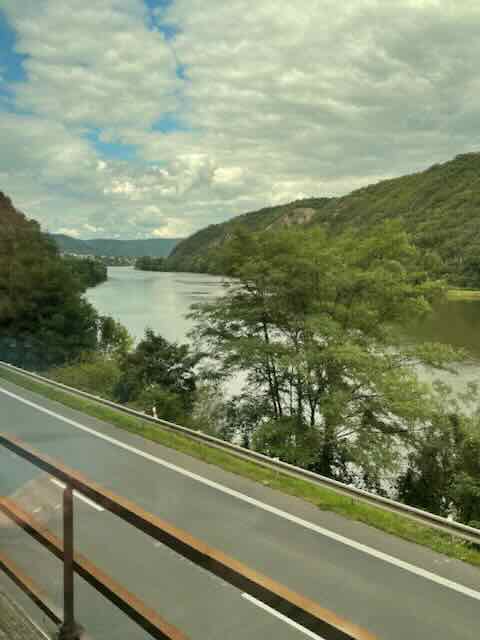
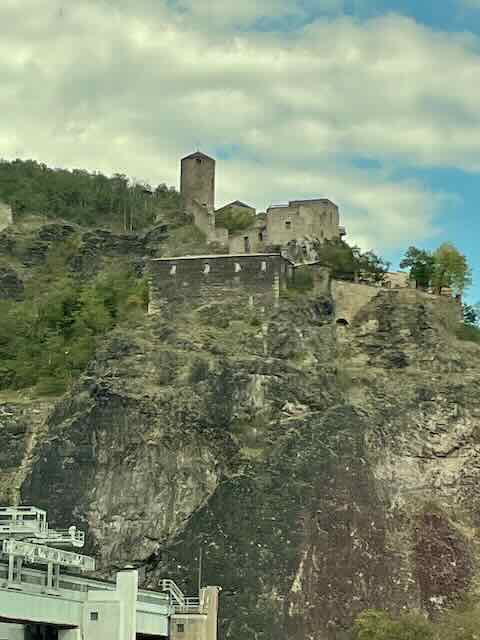






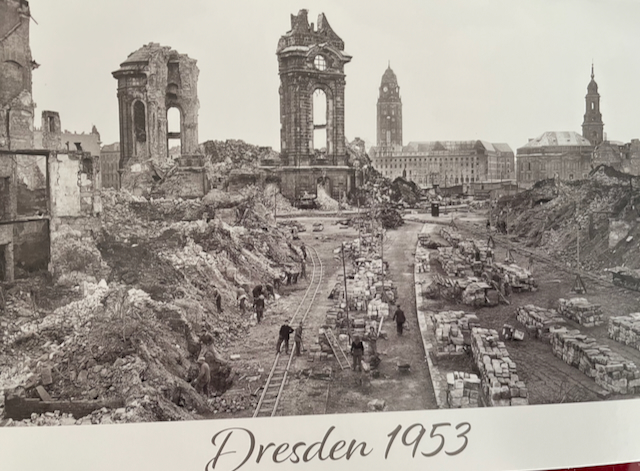



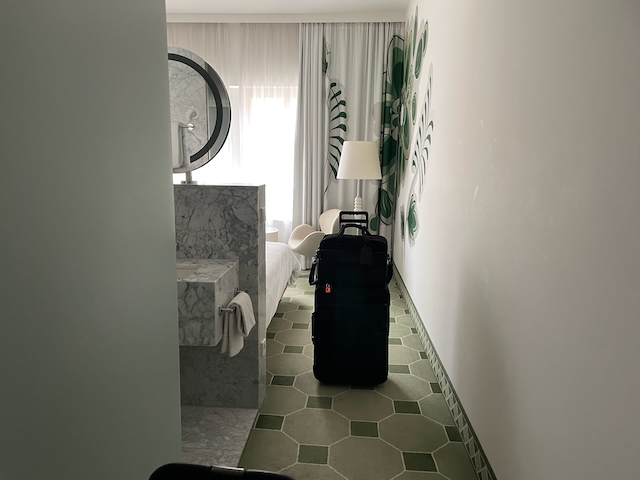



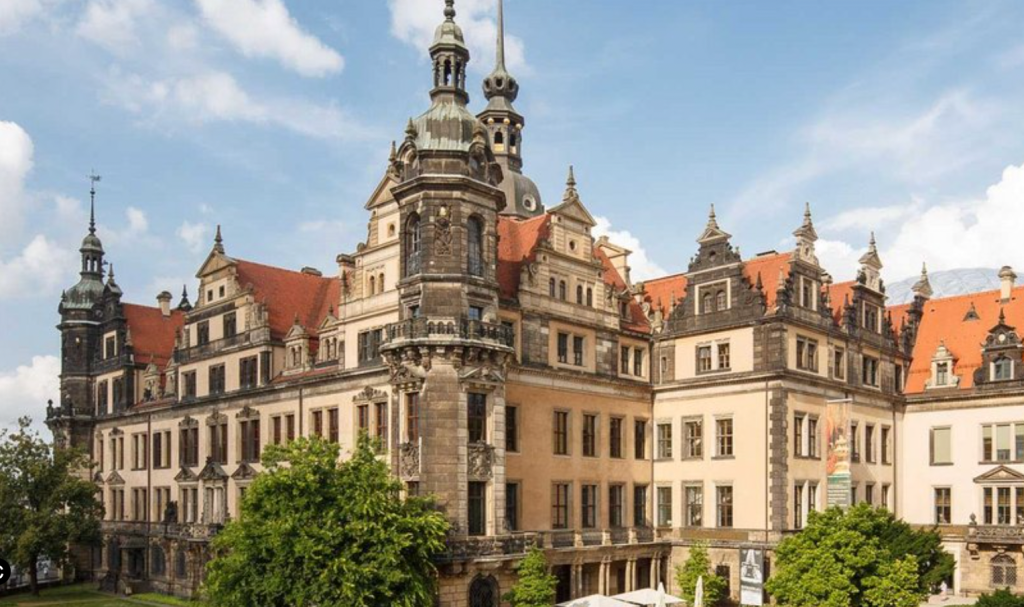









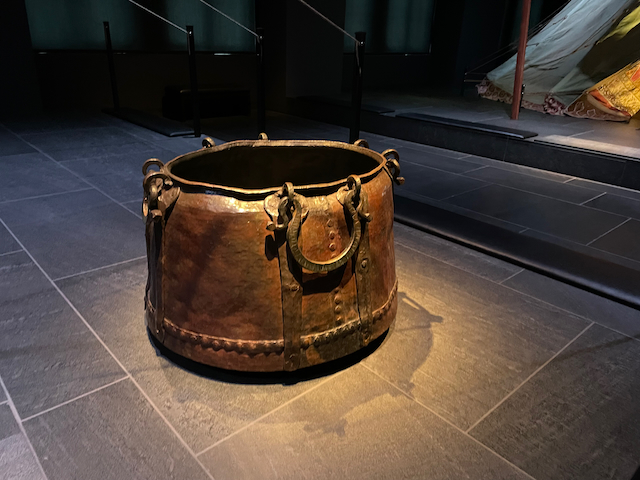

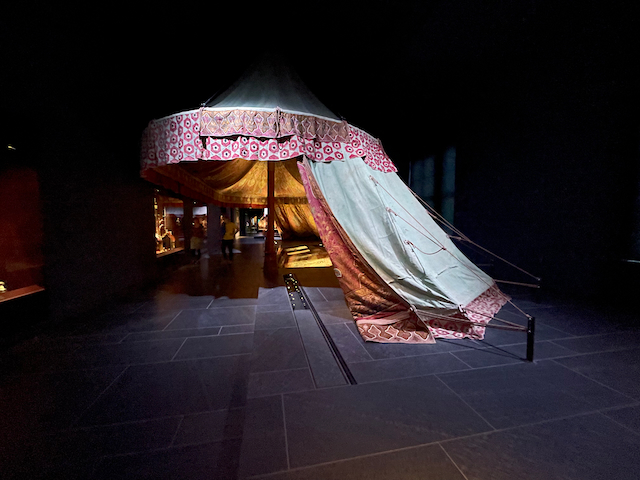
















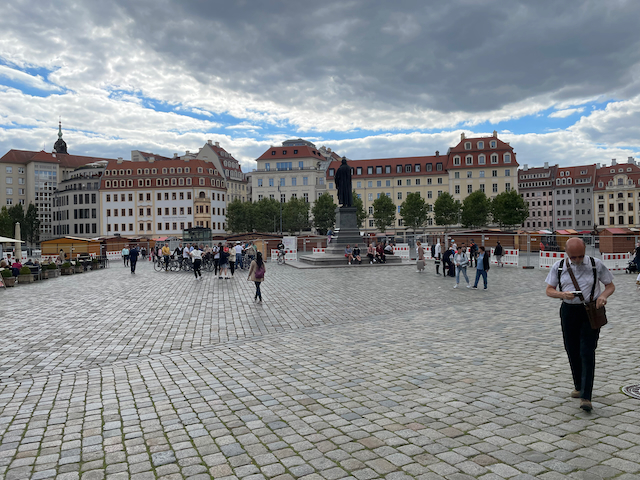
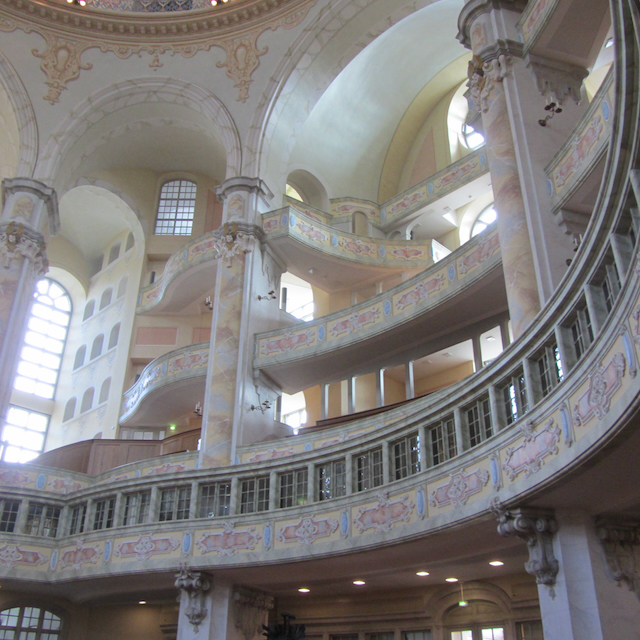




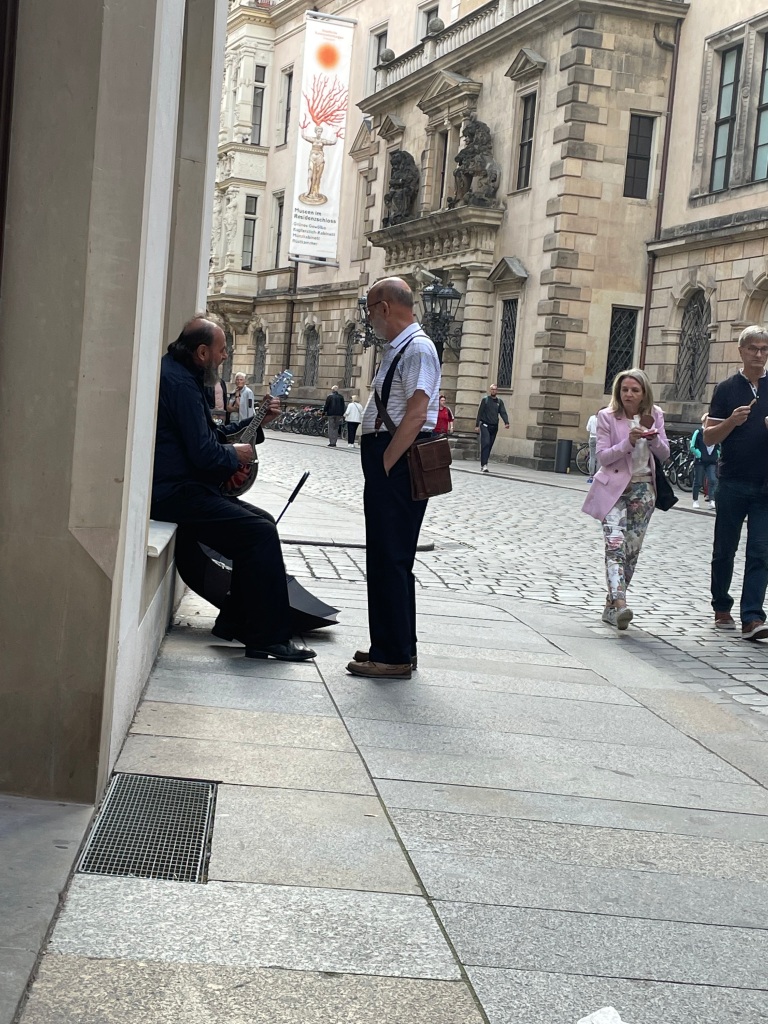


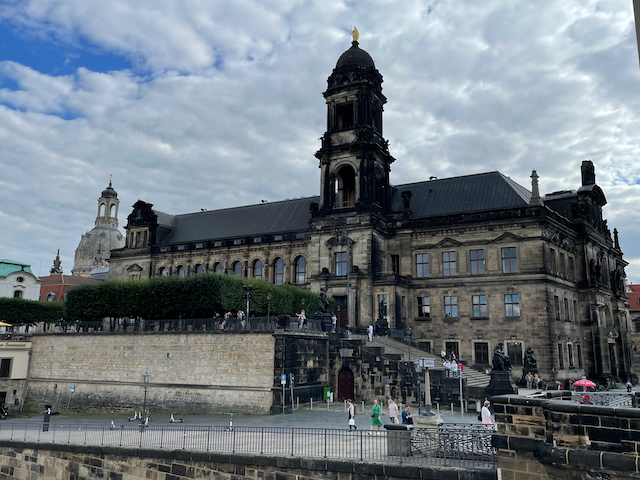






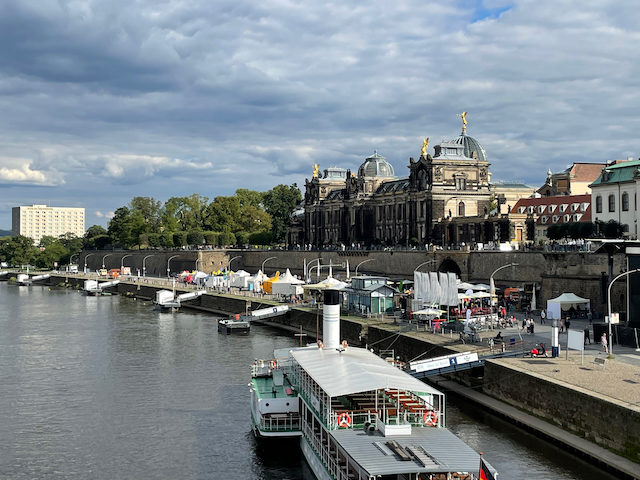

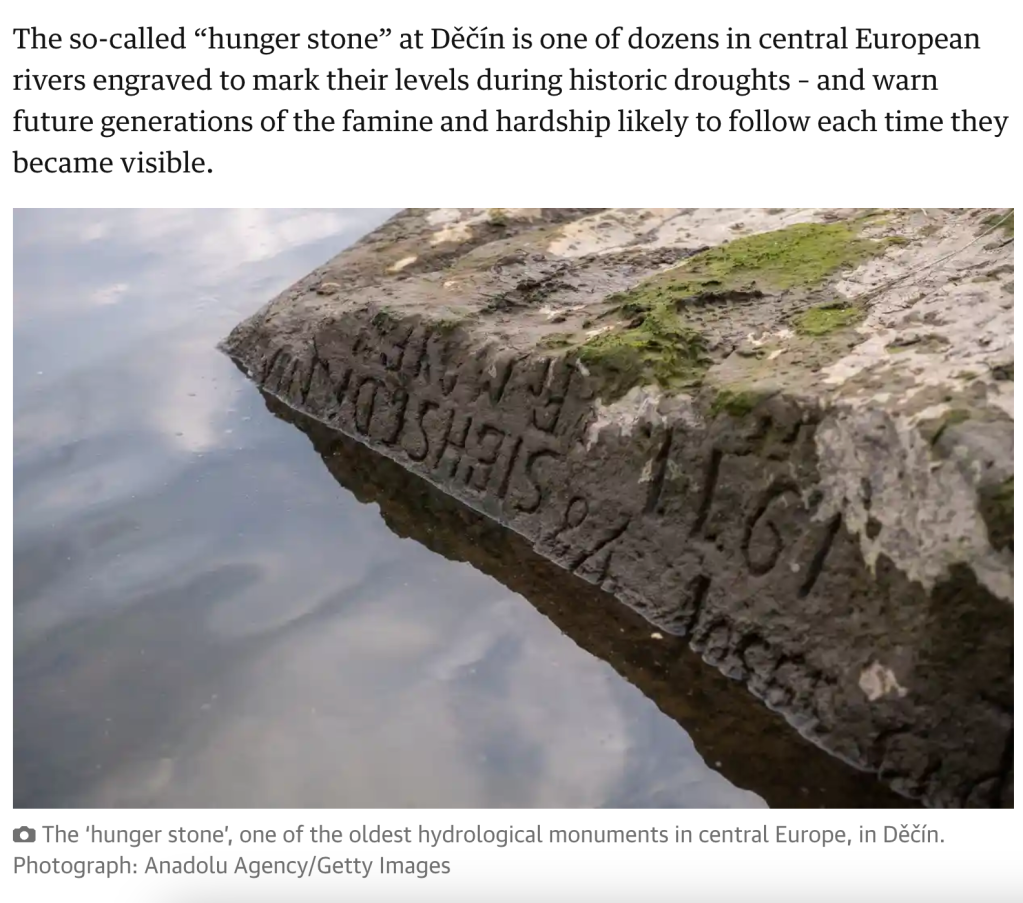








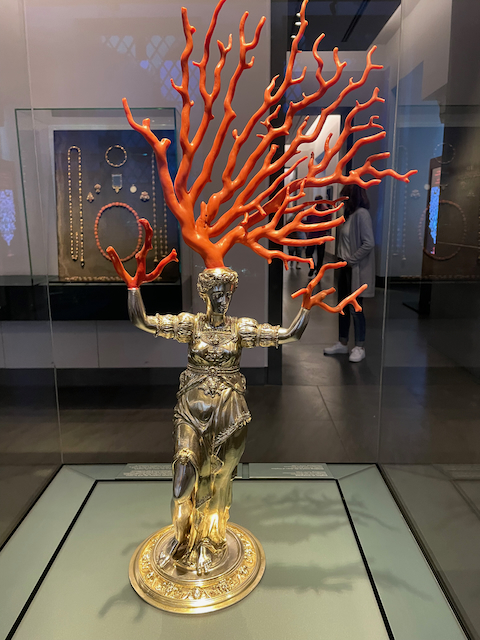

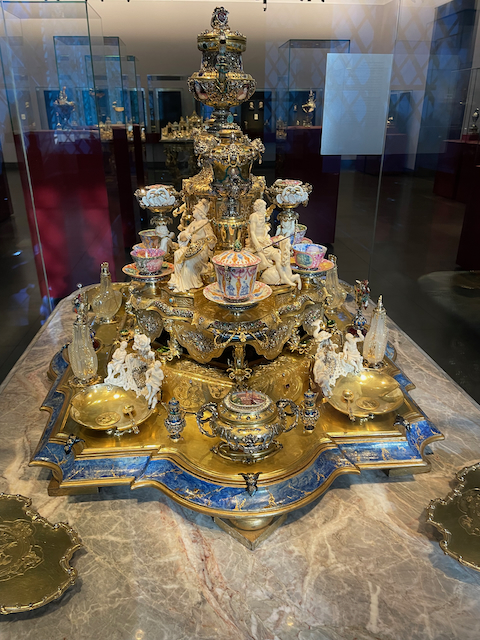






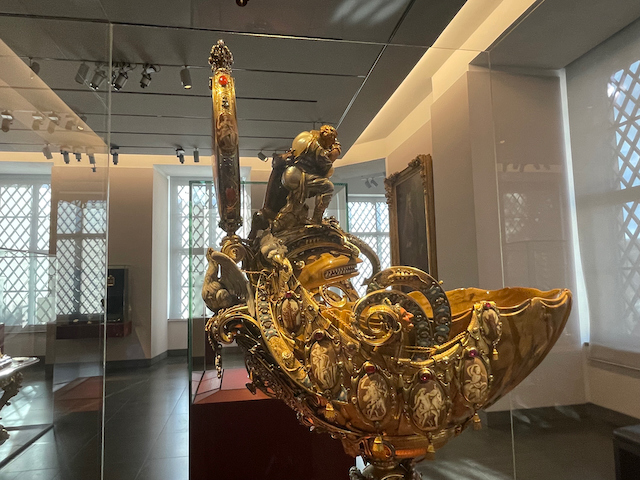









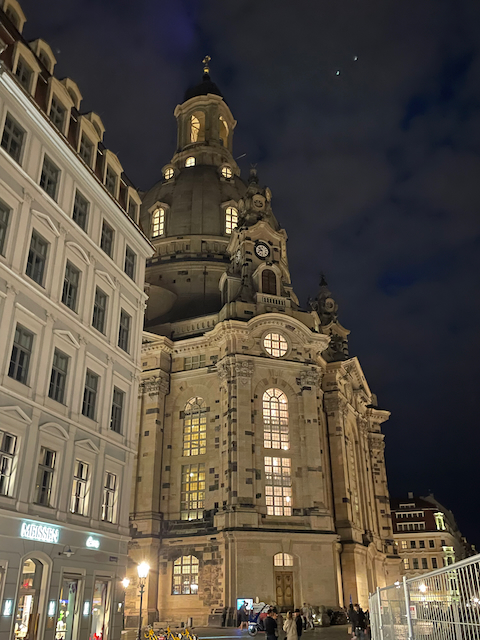





































































































 After breakfast, our group set out on a walking tour of Cienfuegos. The city was founded by Don Louis de Clouet, who came to Cuba from France via Louisiana. He worked to build up the city’s white population by inviting families to join him from New Orleans, Philadelphia and Bordeaux. As a result, much of the city’s early architecture is neoclassical French.
After breakfast, our group set out on a walking tour of Cienfuegos. The city was founded by Don Louis de Clouet, who came to Cuba from France via Louisiana. He worked to build up the city’s white population by inviting families to join him from New Orleans, Philadelphia and Bordeaux. As a result, much of the city’s early architecture is neoclassical French.













